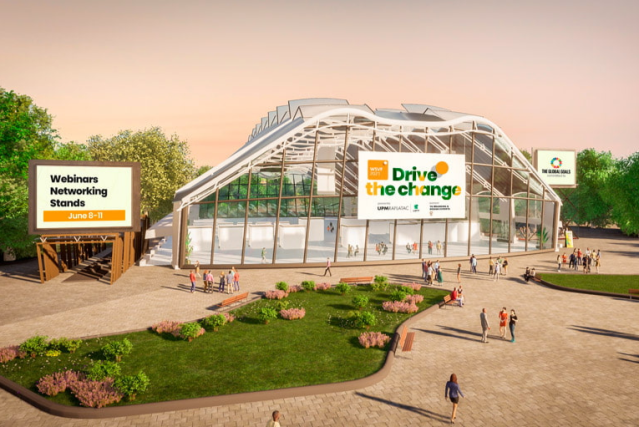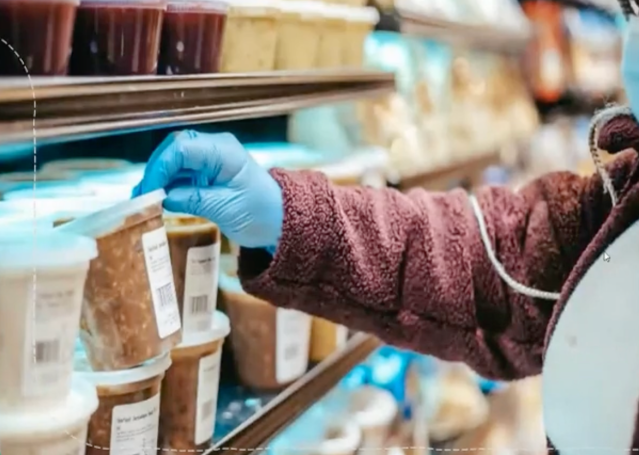
At the recent AIPIA Smart Packaging Virtual Congress, Magic Add co-founder Mika Skarp spoke about a project that his business delivered to LaMalliosa utilising a fully automated smart packing production process.
Skarp said the system enables end users to verify wine data stored in the blockchain. In his presentation, he went through the smart packaging production process and demonstrated how consumers can use blockchain.
“Wine has a very specific story to tell. There is a special method to how the wine is created, and where it’s coming from. But there is even more to tell – there is also the story of the packaging, the kind of label or cork used, the carbon dioxide footprint of the product and so on,” he said.
“All of this information will not fit into the regular wine label. As such, by using blockchain, you can provide all the details and be sure that it has not been tampered in any way.”
The solution Magic Add created was in collaboration with a few players including RBA, UPM Raflatac and MGA.
“It all starts with a digital printing machine that prints unique labels automatically from a Magic Add IOP back-end. So, there is an integration done between the printing machine and then the back end. Those codes are then printed using the regular normal printing process,” Skarp said.
“And then the bottles are labelled in a normal way. Consumers will just use their regular mobile devices – there are no applications that need to be downloaded. All they need to do is scan the QR code and access the page.
“These QR codes are unique and for each individual packaging and they basically contain only the serialised links. QR codes are the standard now and people know how to use them. It’s easy. And it’s visually also a kind of sign to the user and they know what to do with it.
“The code is identified against Magic Add IOP packets. Then there is also an opportunity to verify that data. The entire process is fully automated.”
The project done for LaMalliosa showcases the story of the vineyard and the process of the wine making. There’s also information about its packaging, carbon footprint, and others.
“It’s very rich information. There is no limit as to how much information can be put on the on the label. And all this data is also stored in the blockchain. The project is also not expensive as it can be done using standard tools,” Skarp said.
“There are also templates already available, so we don’t need to create a new one every single time and for different projects but instead, can integrate an existing template.
“So, if you have a story that you want to tell – something unique and if it’s much more than you can put on the label, this is a very good and cost-efficient way of doing it.
“In addition, blockchain will provide you value, especially if your product is so valuable that it will easily get copied. This is because there is an additional security element through the blockchain system.”


